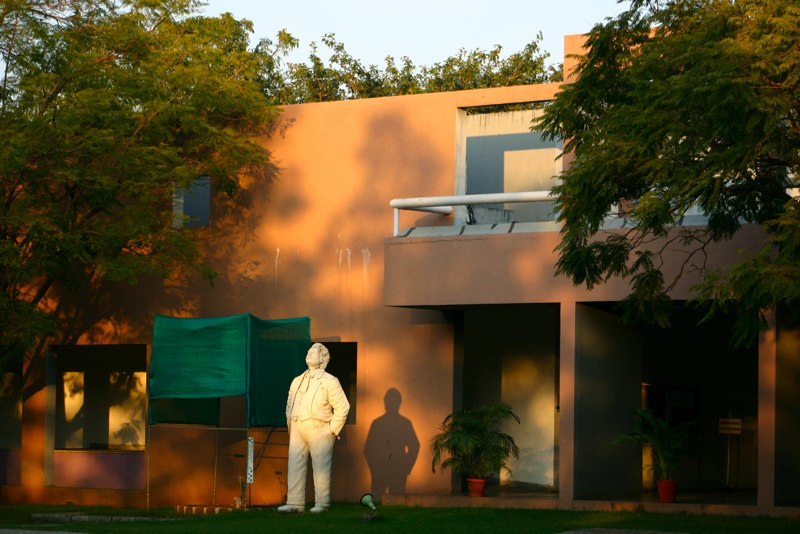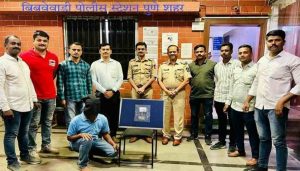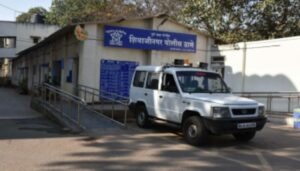IUCAA Scientists Detect Signal Levels That Might Help To Unfold The Universe

Pune, 18th March 2021: A team of scientists from the Inter-university Centre for Astronomy and Astrophysics has detected the isotropic components of different gravitational wave-backgrounds which will help in unfolding the unknown facts about the universe.
The team led by Shivraj Kandhasamy searched for the isotropic component which tells us how similar a gravitational-wave background is when we look in different directions of the sky. Since the universe has structures, such as galaxies and galaxy clusters, we expect sources of these weak gravitational wave signals to preferably reside in the regions of the sky that contain these structure which gave rise to anisotropies.
In the press release, it was said, “a gravitational-wave background is analogous to the cosmic microwave background (CMB), whose initial discovery suggested that it is homogenous in all directions (isotropic), while detailed studies later revealed direction-dependent features (anisotropies). These anisotropies in the CMB are considered an important discovery in cosmology and explain the formation of galaxy clusters and other structures in the universe. We also expect to see similar direction-dependent features in gravitational-wave backgrounds. If observed in the gravitational-wave backgrounds, the anisotropies could give us insights into the history of the early universe, and also explain how matter is distributed in the nearby universe.
In this paper, we cross-correlate data from two or more detectors to search for an anisotropic gravitational-wave background. Cross-correlation, where we check the similarity of data from two detectors, is one of many techniques that allow us to extract very weak signals from the noise in gravitational-wave detectors. We use gravitational-wave radiometry to look for signals from a gravitational-wave background that come from different directions in the sky, the researchers explained.
“Using data from the first three observing runs of the LIGO and Virgo detectors, where the first run (O1) spanned from September 2015 to January 2016, the second run (O2) from November 2016 to August 2017 and the third run (O3) from April 2019 to March 2020, and assuming very little about the expected gravitational-wave background, we searched for broadband gravitational waves (frequencies ranging from 20 Hz – 1726 Hz) that could come from any sky direction. We did not find any significant evidence for a gravitational-wave background; hence, we set upper limits on the strength of gravitational-wave background in every direction in the sky. These upper limits correspond to the maximum amplitudes of the gravitational-wave backgrounds that are still consistent with not being detected by our analysis. These upper limits could be used to constrain various models of gravitational-wave backgrounds. The upper limits obtained in our analysis are better than the previous limits by a factor ~3”, it explained.
We also looked for narrowband gravitational-wave signals from three astrophysically interesting directions in the sky: supernova 1987A, Scorpius X-1 and the Galactic centre. We expect these sources to emit gravitational-wave signals, however, we do not know either the expected strength or the frequency, of gravitational-wave signals coming from these sources. We searched for a narrowband gravitational-wave background from these sources between 20 Hz – 1726 Hz. We did not find any evidence for gravitational-wave emission and hence placed upper limits on the possible strengths of gravitational-wave backgrounds from the above mentioned three sources.
In addition to the above two searches, we also searched for different spatial patterns of gravitational-wave signals in the sky. In this search, we were looking for gravitational-wave background signals from extended sources in the sky such as the Milky Way galactic plane. We did not find strong evidence for such patterns, so we set upper limits on the gravitational-wave background of various angular sizes on the sky.
International collaboration
The international collaboration of ground-based gravitational-wave observatories, consisting of the two LIGO detectors in the US, the Virgo detector in Italy and the KAGRA detector in Japan, is announcing its new results putting upper limits on anisotropies of stochastic gravitational-wave background generated by distant (unresolved) astrophysical sources and cosmological phenomena in the very early universe, based on the data from the latest observing run O3.
LIGO India
The Indian researchers, primarily from the Inter-University Centre for Astronomy & Astrophysics (IUCAA), Pune, as part of their activity in the LIGO-India Scientific Collaboration (LISC), played a major role in this analysis performed by the LIGO-Virgo-KAGRA (LVK) collaboration.





